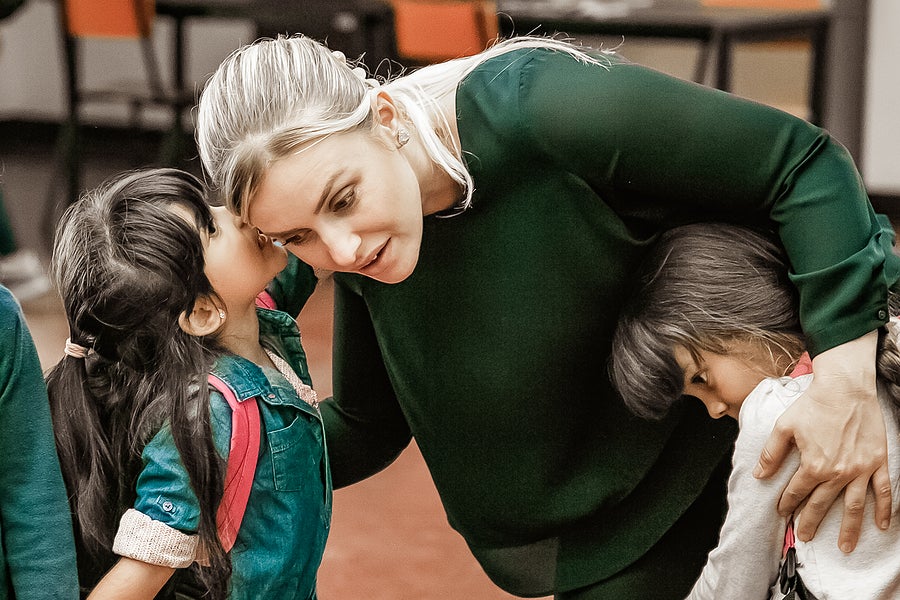As Mental Health Awareness Month comes to an end, last week, leaders from six agencies across the U.S. Department of Health and Human Services (HHS) issued a joint letter calling on states, tribes, and jurisdictions to support children’s mental health and well-being by coordinating the use of federal funds, including mental health care covered by Medicaid and CHIP.
As we’ve previously discussed on Say Ahhh!, last year, the Medicaid and CHIP Payment and Access Commission issued a chapter in its June report discussing key issues related to access to mental health services for children covered by Medicaid and CHIP. A theme highlighted by the Commission in the report was the complexities of coordinating among various federal and state agencies responsible for addressing the needs of children and adolescents with significant mental health conditions and the need for collaboration.
The letter – signed by leadership from the Health Resources and Services Administration (HRSA), the Substance Abuse and Mental Health Services Administration (SAMHSA), the Centers for Medicare & Medicaid Services (CMS), the Centers for Disease Control and Prevention (CDC), the Administration for Children and Families (ACF), and the Administration for Community Living (ACL) – speaks to the need for coordination to support and expand mental health services for children. The agency leaders call on states, tribes, and jurisdictions to coordinate the use of federal funds and specifically encourage states to broaden and expand partnerships across block grant programs and Medicaid and CHIP.
Notably, as part of a list of examples of “coordination opportunities,” the joint letter calls out increasing the delivery of Medicaid Early and Periodic Screening, Diagnostic, and Treatment-eligible mental health screenings and services for children such as through leveraging grant programs like the Title V Maternal and Child Health Services Block Grant and the Community Mental Health Services Block Grant to support pediatric primary care and mental health integration and expand capacity. Among other coordination examples, the agency leaders also highlight developing a statewide children’s mental health task force that coordinates children’s mental health data across Title V, Medicaid and CHIP, Title IV-E, early childhood programs, and the state mental health authorities to identify service and benefit gaps and develop a statewide response strategy to expand mental health screening, prevention, and treatment services for children.
The letter concludes with a high level overview of agency programs that support children and youth with mental health needs and a list of links to additional resources. A link to the full letter along with quotes from agency leadership can be found here.


